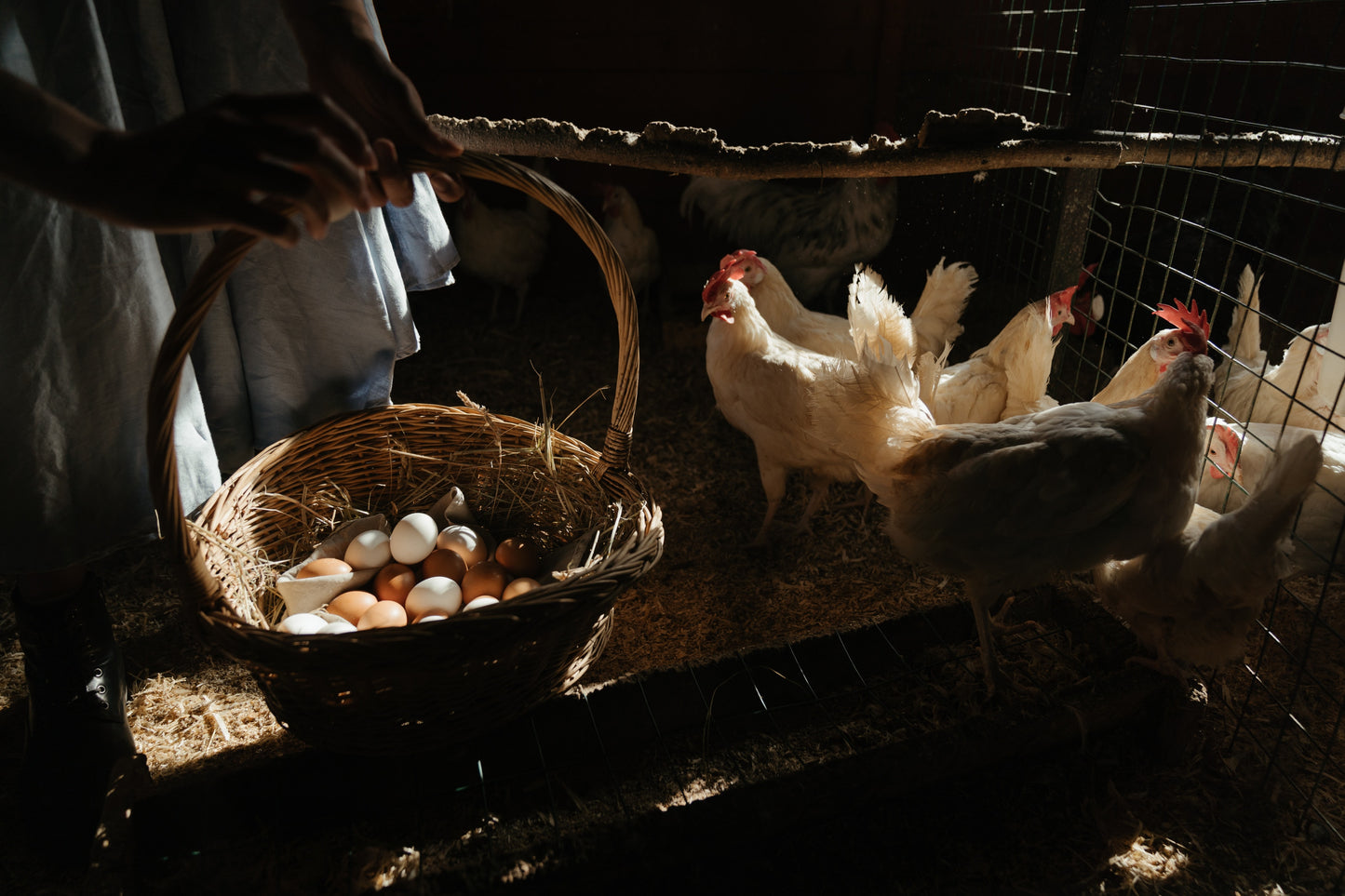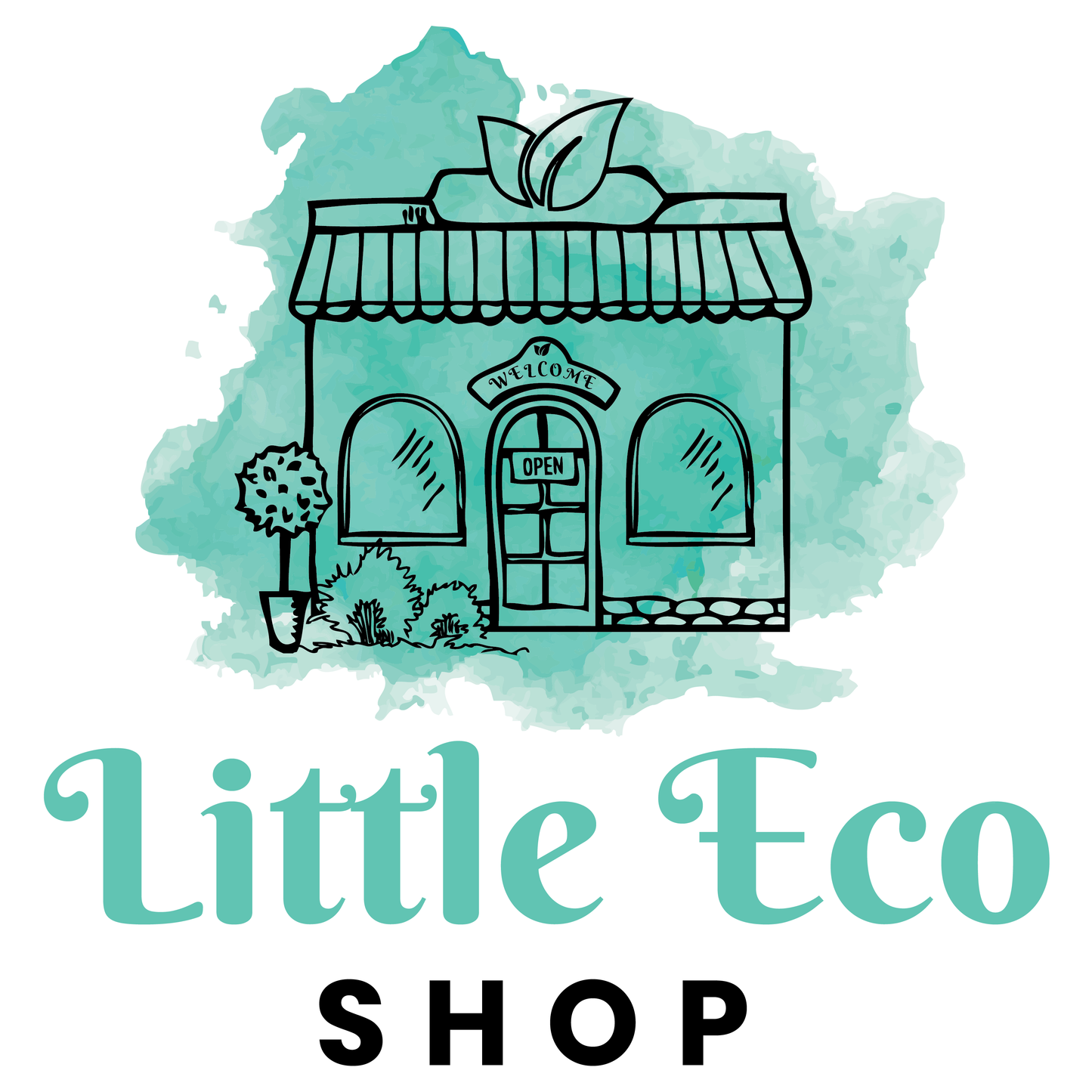
Homesteading – the word conjures images of Texan farmland and prairie living, but it’s a way of life booming in popularity – sprawling from the quiet of isolated rural towns, where self-sufficiency is vital, to the most built-up urban areas.
From chicken coops and expansive veggie patches in the burbs, to herb gardens and beehives peppering inner-city rooftops, an ever-growing number of people are coming to appreciate the catharsis, simplicity, and indeed necessity, of getting back to basics.
Homesteading – the word conjures images of Texan farmland and prairie living, but it’s a way of life booming in popularity – sprawling from the quiet of isolated rural towns, where self-sufficiency is vital, to the most built-up urban areas.
From chicken coops and expansive veggie patches in the burbs, to herb gardens and beehives peppering inner-city rooftops, an ever-growing number of people are coming to appreciate the catharsis, simplicity, and indeed necessity, of getting back to basics.
What is homesteading, exactly?
Homesteading often begins as a trend or hobby, but it has become a way of life for many people, who have achieved, or are moving towards, complete self-sustainability.
Sure, homesteading skills can be fun to nurture in your spare time, but the end goal of homesteading is to achieve the level of independence you might see on an isolated farmstead or off-grid property.
Imagine only visiting a grocery store once a month, because the nearest one is hundreds of kilometres away, or not being able to rush to the GP for every bite, cough, or sting. Confronting, isn’t it?
At a minimum, you’d need the supplies and knowhow to grow and make your own food, sound first aid skills and knowledge of home remedies. You’d likely keep animals, to have a supply of fresh eggs and dairy and you might even need independent sources of water and energy.
I know what you’re thinking – this all sounds like a lot of hard work and expense to fit in around jobs, kids, bills, trying to enjoy some kind of social life and maybe even escaping on the odd holiday – but don’t let the bigness of the homesteading big picture overwhelm you.
The benefits are many, as we’ll explain further down, and baby steps is key, here. Pick one or two activities below and have fun getting your head around them, before moving onto others. Treat homesteading as a journey – it takes time, energy, passion, and connection to get this thing down.
What do homesteaders do?
Food is essential to our survival and there’s no achieving self-reliance without an abundance of fresh, dried, and preserved foods to draw upon. But homesteading isn’t just planting a garden or hoarding tinned food in the pantry.
You only need to look at that rotting bunch of bananas you bought a fortnight ago, with the intention of making banana bread, to know that fresh produce doesn’t last. An edible garden is fantastic, but it can create a lot of waste and many crops only flourish for a short time each year.
Homesteaders learn how to preserve the food they grow or buy, so that they can pick while the picking’s good and enjoy their harvest all year long. This might include dehydrating, jarring, smoking, pickling, fermenting, or making jams and preserves.
It’s often not possible to make or grow everything you’ll ever want to eat, which is why strengthening your ties to your local community is an important aspect of homesteading. You can trade your surplus foods for those of others and enjoy the variety of a gourmet supermarket.
Creating one’s own food supply is perhaps the most important part of homesteading, but it’s by no means the only part. Here’s a list of additional skills and activities that the budding homesteader might add to their repertoire …
- Seed saving
- Organic pest solutions
- Making homemade fertiliser
- Composting
- Worm farming
- Water harvesting and storage, as well as setting up grey water systems
- Energy harvesting and storage
- Setting up renewable energy sources
- Reducing, recycling, and reusing
- Raising backyard animals, such as chickens, goats, or bees
- Making foods from scratch, such as yoghurt, cheese, plant milks and egg pasta, or using a sourdough culture to bake bread products.
- Making your own cleaning and personal care items from simple household ingredients
- Getting first aid certified, and building knowledge of herbal and medicinal remedies
- Living frugally by using up what you have, meal planning, foraging, and bartering
- Strengthening community ties, by establishing or joining local homesteading groups and food co-ops
- Learning to knit and sew
- Learning basic mechanical, woodworking, and maintenance skills.
Why is homesteading becoming so popular, and necessary?
The pandemic has brought home just how crucial it is to be self-reliant. We now know that we can be locked in our homes for indefinite periods, at the whim of whichever government bureaucrat next goes mad with power (Andrews remind anyone else of Russ Cargill in the Simpsons movie?)
We also know that we can’t count on our local grocery store for a steady supply of essentials. Even 2.5 years in, as the pandemic draws to a close, sections of supermarket aisles are bare, and we never know if our grocery favourites will be in stock. Grocery shopping is a huge weekly expense and, while investing in the setup of a garden or chicken coop can be costly at the outset, you’ll save thousands in the long run.
Because homesteading involves growing and making your own food and essentials, conserving energy and water, and avoiding waste, it is flawless from a sustainability standpoint. Think of all the food miles that will never be travelled and how much your family’s footprint will shrink, only having to visit your backyard or cupboard to meet your every basic need.
With war raging overseas and interest rates spiking, homesteading is a way of controlling what we can in this time of great uncertainty and creating a sense of security for ourselves and our families.
